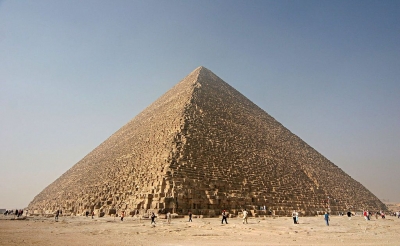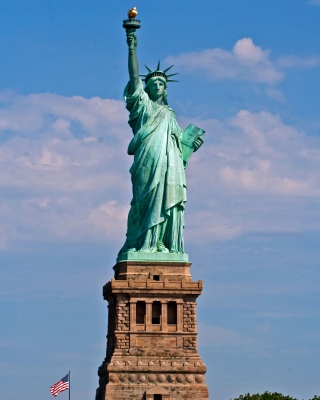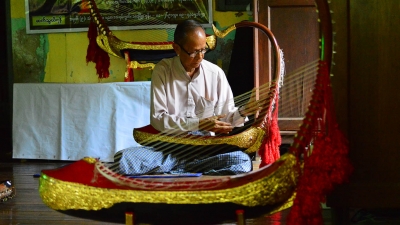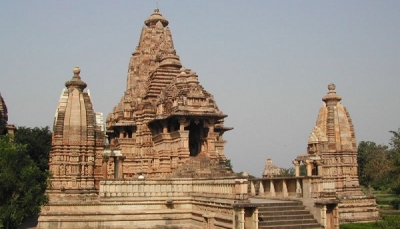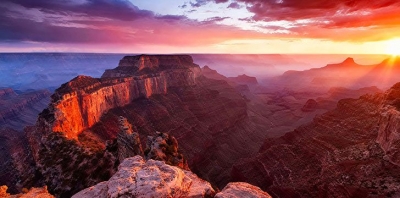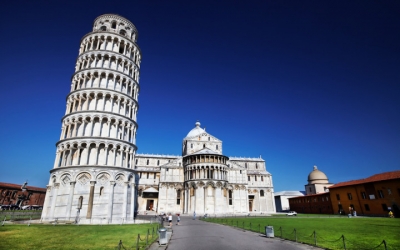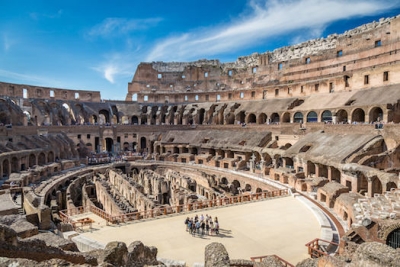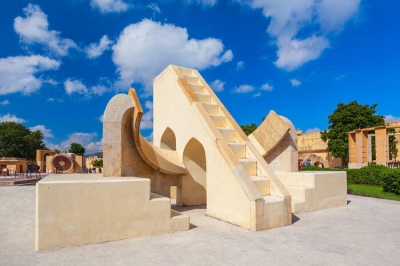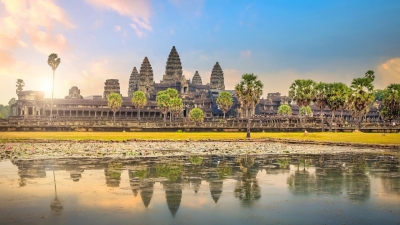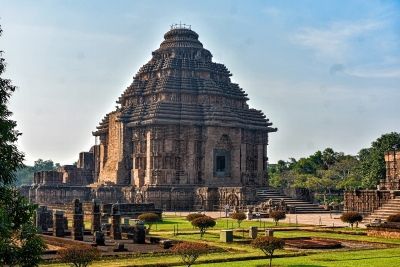What are the interesting facts about the India Gate in New Delhi?
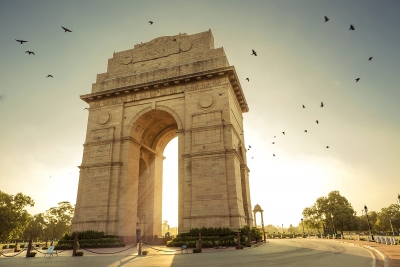
1. In memory of the martyrs
The India Gate was formerly called the All India War Memorial. This war memorial stands for nearly 70.000 soldiers of the British Indian Army who died between 1914 and 1921 during the First World War and the Thing Afghan War. When the foundation stone of the memorial was laid in 1921 by Prince Arthur, the Duke of Connaught units of the Army from cross India had arrived to attend the event. Even though the foundation stone was laid in 1921, it took over a decade for the monument to be constructed
2. Lutyens' design
The war memorial was designed by Sir Elwin Landseer Lutyens, an English architect known for designing several war memorials in Europe. Lutyens was also the chief architect of present-day New Delhi. Lutyens designed the India Gate as a secular memorial, free of religious and culture specific iconography. The 42 metre-tall structure is often compared to the Arc de Triomphe in Paris, France. The monument built using red Bharatpur stone, spans 30 feet and has India written on both sides at the top of the arch. One can find a shallow domed bowl at the top of the monument. This bowl was intended to be filled with burning oil on special occasions. However, it has rarely been used.
3. Inscriptions on the walls
The names of nearly 13,000 soldiers who perished during the wars are found inscribed on the walls of the India Gate. The list of names, along with the regiment they served and their date of death, can be found on the website of the Commonwealth War Graves Commission, the international organisation which maintains the martyrs list of World Wars, their monuments, and graves.
4. The eternal flame
At the base of the India Gate, one can find another memorial called the Amar Jawan Jyoti (Flame of the immortal soldier). This memorial was constructed after the Indo-Pak war of 1971 to commemorate the soldiers who lost their lives during the war. It was inaugurated on January 26, 1972 by then Prime Minister of India. Indira Gandhi. The monument, which stands on a marble pedestal has 'Amar Jawan inscribed on all four sides of the cenotaph atop which stands a rifle on its barrel with the helmet of an unknown soldier on top. Four urns can be found around the pedestal of which one holds a continuously bunting flame. DIA
5. Republic Day parade
Until 2020, each year on Republic Day, the Prime Minister and the President of India would visit the India Gate to pay tributes at the Amar Jawan Jyoti. After this, the parade would start from the Rashtrapati Bhavan and pass through the India Gate.
Picture Credit : Google
